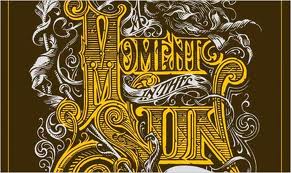Writing Lessons from John Sayles
Biff Barnes
I am currently reading John Sayles’ massive (955 page) novel A Moment in the Sun. It is in every sense a big book focusing on the United States at the turn of the 20th Century by focusing on dramatic events including the Alaskan Gold Rush, the Spanish-American War, it’s lingering aftermath, the Philippine insurrection against American intervention and the 1898 Wilmington North Carolina race riots.

Critics have been largely positive about the book. Tom LeClair in New York Times Book Review observed, “This novel will probably be praised as a distant mirror of contemporary history,…, and it is that. But its true importance lies not in its rearview relevance but in its commitment to recalling in heroic detail a little-known and contradictory historical moment, a sunny time of American pride but also of hubris in sun-beaten locales…”
But there’s something about the style of Sayles’ book that I think writers ought to reflect on. It’s important to note that Sayles greatest successes have come as a film maker directing seventeen movies including The Return of the Secaucus Seven, Lone Star and Eight Men Out, because the novel feels a lot like a film script. It is dramatic certainly, all image and action. A film may speed up or slow down the pace of events, but it has to keep the action moving forward. There’s not much opportunity to stop for reflection on the significance of what’s going on.
But what distinguishes fiction and the best of creative nonfiction from this uninterrupted driving action in films is that reflective quality. The author finds ways to examine why what has happened is important, what insights it might offer and what lessons it might teach us. Whether they use the omniscient point of view, interior monologue or dialogue to do it authors usually find a way to examine what lies behind or beyond the action. The author or his characters probe events for meaning.
Many first time authors, family historians and memoirists as well as novelists, lack that reflective quality They get caught up in getting what happened next down on the page while failing to think that their reader might ask, “So what?”
A writer of the skill of John Sayles can describe the action well enough and manage is pacing in a way that his reader can answer the question for himself, but most writers can’t. To tell their stories effectively they need to look at what other tools they have at their disposal to draw out the meaning of the events they describe.